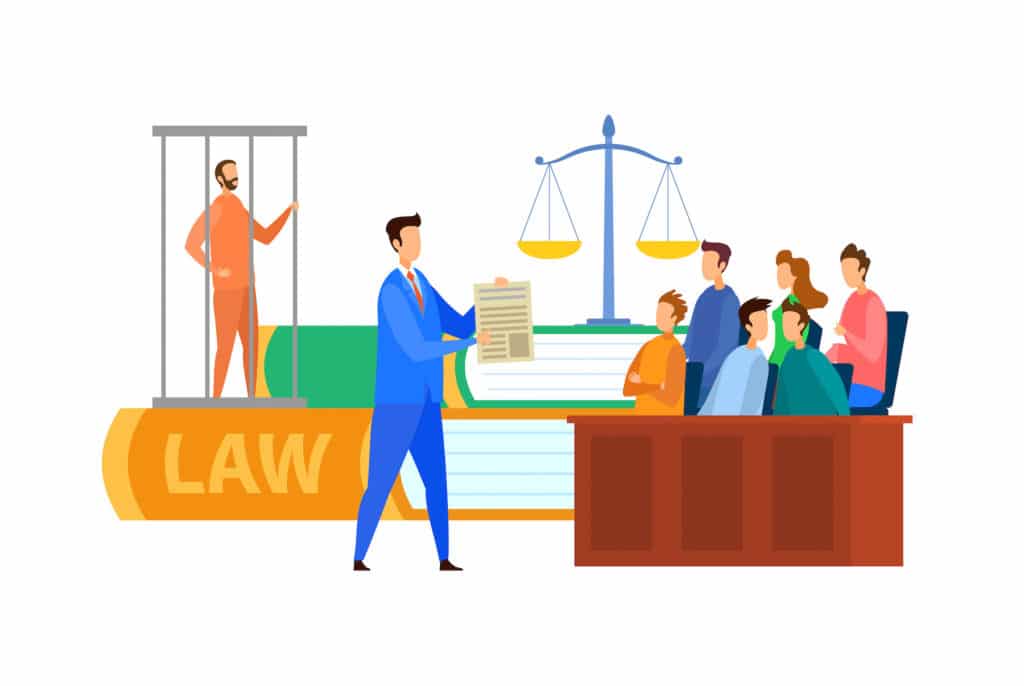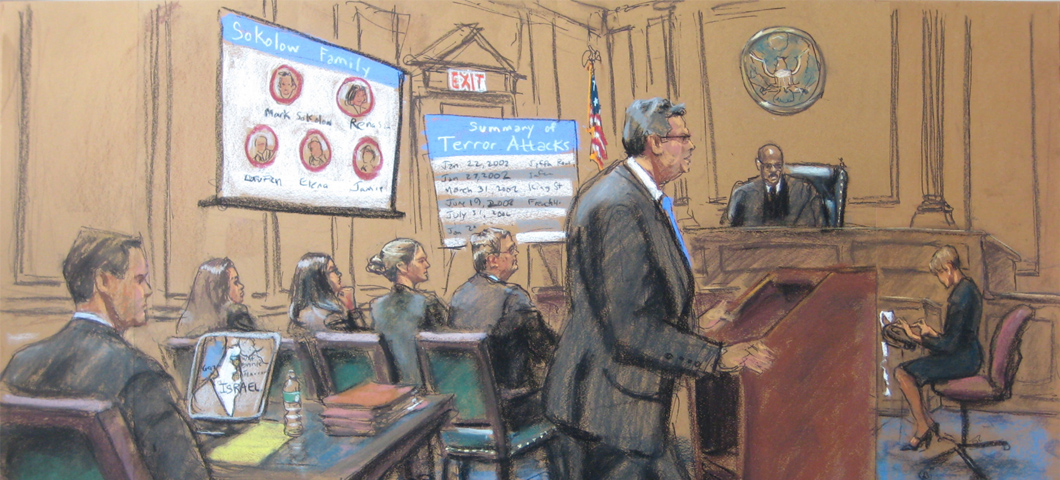Just how to Enhance Your Case with Compelling Trial Presentations: Professional Tips for Attorney
Just how to Enhance Your Case with Compelling Trial Presentations: Professional Tips for Attorney
Blog Article
Browsing the Complexities of Test Presentations: Tips for Seamless Delivery and Engaging Arguments
In the realm of lawful proceedings, the art of trial discussion stands as an important determinant of success. As lawyers browse the complex internet of court characteristics, the capacity to perfectly deliver arguments and evidence while astounding the court's focus ends up being vital. The complexities inherent in test presentations need a delicate equilibrium of skill, strategy, and skill. By refining strategies that guarantee a refined distribution and crafting engaging arguments that resonate with the audience, lawyers can considerably enhance their advocacy. In a globe where persuasion preponderates, understanding the intricacies of trial presentations is not simply an alternative yet a need for those looking for to prevail in the courtroom.

Understanding Trial Goals
To properly browse a test, it is crucial to have a clear understanding of the objectives that need to be accomplished. Before entering the court, lawful groups need to specify their objectives and wanted end results. These purposes offer as leading concepts throughout the test, forming approaches and affecting decision-making procedures.
Understanding test goals includes a detailed evaluation of the situation, legal precedents, and the client's best interests. Trial Presentations. It requires a meticulous examination of the realities, recognizing vital concerns, and expecting prospective challenges. By setting quantifiable and certain goals, attorneys can customize their presentations and debates to straighten with the preferred results
Moreover, a clear grip of test objectives enables lawful teams to prioritize proof, witnesses, and legal arguments properly. It enables for the development of a systematic story that resonates with the court and jury, strengthening the total situation discussion.

Organizing Proof Properly
Having a clear understanding of test objectives lays the structure for organizing proof effectively in lawful proceedings. By lining up the discussion of evidence with the wanted results of the test, legal teams can reinforce their disagreements and boost their persuasiveness.
One more crucial element in arranging proof efficiently is developing a logical circulation. Offering evidence in a sequential and meaningful fashion can help develop an engaging narrative that supports the lawful arguments being made. Additionally, using visual help such as timelines, graphes, or graphs can even more improve the company of proof and assist in clearing up complicated partnerships or sequences of events.
Moreover, making certain that all proof presented is acceptable and appropriate to the case is important. Inadmissible or unnecessary proof can diminish the strength of the argument and potentially harm the trustworthiness of the here and now event. A precise evaluation and selection process should be undertaken to consist of just the most lawfully sound and impactful evidence in the trial presentation.
Crafting Persuasive Stories
Crafting engaging stories plays a crucial duty in offering influential debates throughout lawful Source process. A well-crafted story has the power to mesmerize the target market, stimulate emotions, and eventually sway the decision for today party. When creating a story for a test discussion, it is necessary to develop a clear storyline that highlights essential points and connects them in a systematic fashion. Begin by laying out the truths of the situation in a compelling manner, ensuring that the series of occasions is simple to follow. Present personalities successfully, offering background details that assists the audience understand their actions and inspirations. In addition, integrating vivid summaries and appealing language can bring the narrative to life, making it extra unforgettable for the discretionary. By weaving together evidence, testament, and legal arguments right into a natural and influential narrative, lawful specialists can properly support for their clients and increase the possibility of a favorable end result in the court room.
Understanding Aesthetic Aids
Efficient usage of aesthetic aids is crucial to enhancing the impact and clarity of test presentations. Visual help, when utilized purposefully, have the power to simplify intricate information, enhance key points, and leave an enduring impact on the discretionary. To grasp aesthetic help in trial discussions, it is critical to guarantee that they are clear, concise, and appropriate to the disagreements being made.
When including aesthetic help, such as graphes, timelines, pictures, or charts, right into a test presentation, it is necessary to maintain them aesthetically appealing yet expert. The visuals must match the verbal debates, offering a graph of the information being talked about without overwhelming the target market with unneeded information.
Additionally, exercising with the visual aids beforehand is vital to guarantee a seamless delivery throughout the test. Familiarizing oneself with the content, transitions, and timings of each aesthetic aid can help maintain the circulation of the discussion and avoid technical problems that might occur.
Delivering Impactful Closing Debates
An engaging closing disagreement acts as the end result of a trial presentation, enveloping the core narrative and persuading the court and jury in the direction of a desirable decision. To deliver an impactful closing debate, it is important to succinctly wrap up key factors, highlight the strengths of your instance, and attend to any weak points in a tactical fashion. Begin by describing the primary disagreements that support your customer's setting, emphasizing why the proof presented throughout the test sustains your narrative. It is important to develop a sense of communication and clarity, assisting the judge and court in the direction of the preferred verdict.
Furthermore, incorporating psychological allure can additionally strengthen your closing disagreement. Eventually, a well-crafted closing argument ought to pop over to these guys leave a long-term impression, compelling the judge and jury to rule in your customer's support.
Final Thought
Finally, mastering trial discussions involves understanding purposes, arranging evidence, crafting narratives, using visual aids, and delivering impactful closing debates. By applying these approaches properly, discover here legal representatives can offer their situation flawlessly and make engaging debates in the court. It is crucial to browse the complexities of test discussions with precision and ability to achieve success in legal procedures.
By lining up the discussion of proof with the desired outcomes of the test, lawful groups can strengthen their disagreements and improve their persuasiveness (Trial Presentations). To understand visual aids in test discussions, it is crucial to ensure that they are clear, succinct, and relevant to the disagreements being made
An engaging closing argument serves as the end result of a test presentation, enveloping the core narrative and convincing the court and court in the direction of a positive decision. Begin by laying out the main debates that support your client's placement, emphasizing why the evidence presented throughout the trial sustains your narrative.In conclusion, mastering trial discussions includes understanding purposes, organizing proof, crafting stories, using visual aids, and supplying impactful closing disagreements.
Report this page